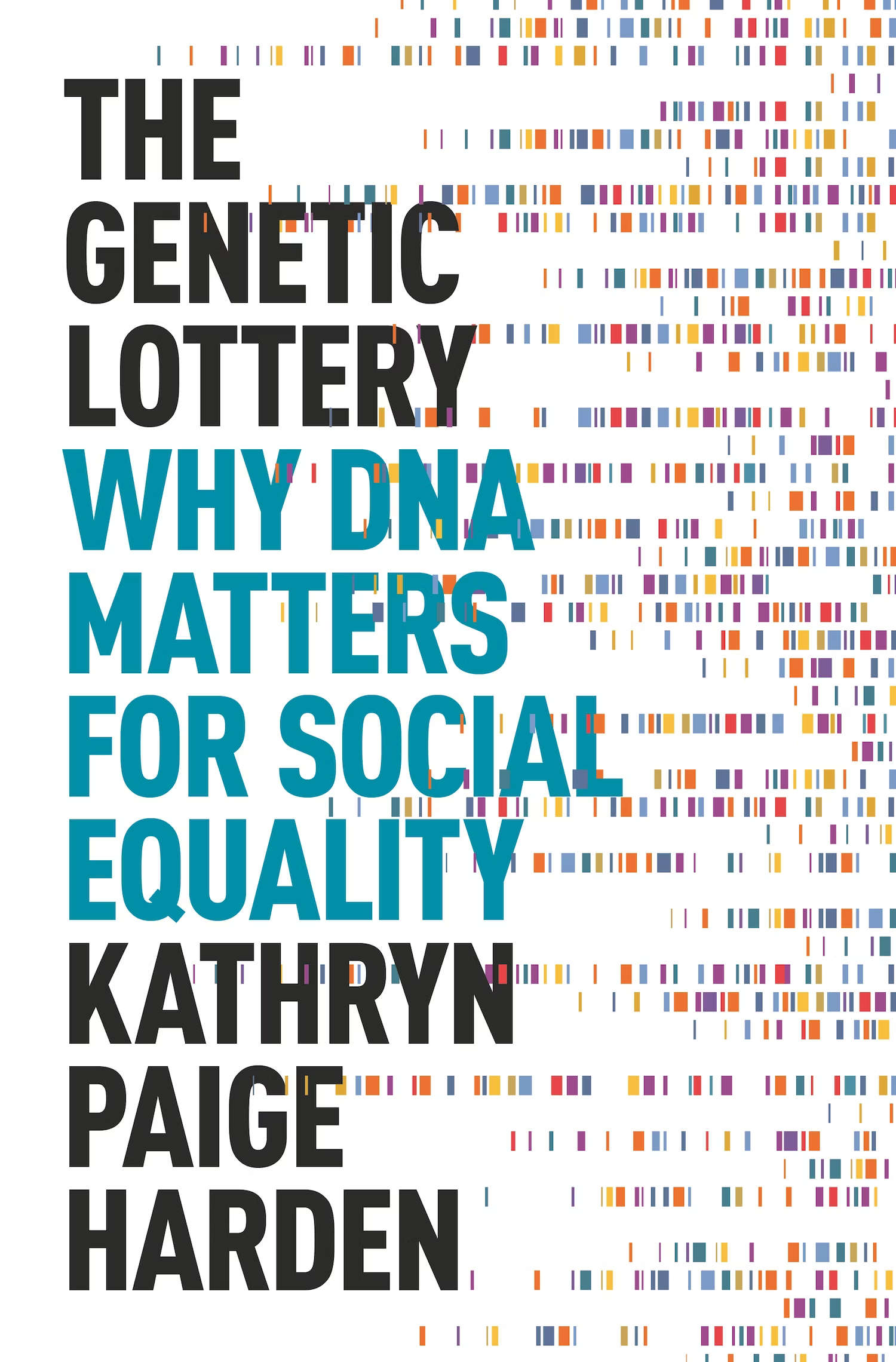Harden may have protested, but in fact behavior genetics today focuses almost exclusively on heritability.
Imagine a pair of fraternal twins. They share the same parents and childhood home. As they grow older, the siblings’ social outcomes begin to differ. One earns a PhD in economics; the other drops out of college. One develops a dependence on alcohol; the other drinks occasionally without incident.
Behavior genetics looks for genetic markers to explain these differences rather than examine the twins’ life experiences for clues. The field especially wants to know how much genes matter. How much of human variation in traits such as educational attainment, a very common proxy for IQ within the field, can be attributed to genes.
Harden doesn’t discount the role of environmental factors in the outcomes she studies, but in keeping with the field, her research focuses almost exclusively on how much questions.
It hasn’t always been this way. When sociologist Aaron Panofsky started researching behavior genetics’ origins for a dissertation that eventually became his book, Misbehaving Science, he was surprised to learn that hereditarianism was, if not a sordid concept, a suspect one to many early members when the field emerged in the 1950s.
“This was a postwar scientific movement that was really trying to recuperate and recover genetics from the legacy of the Nazis,” he said. “The young generation of scientists in that field were very chastened by the uses and misuses of genetics for eugenic purposes.”
In its early days the field attracted scientists from a wide array of disciplines. Under this big tent were fruit fly researchers, comparative ethologists who studied the differences in how dogs and monkeys were domesticated, psychologists administering pencil and paper tests and doing twin studies, and comparative anthropologists studying patterns of behavior in different populations. These researchers used different methodological approaches, studied different organisms, and followed radically different lines of inquiry. What bound them together was an interest in understanding how the behaviors of animals interacted with genes.
“They all thought that behavior was important, they all thought that biology was important, and there were lots of different ways of articulating those relationships,” Panofsky said. They were looking for ways to study the relationship between biology and behavior that didn’t focus narrowly on thorny how much questions of inheritance—studies that contributed to the dark turn genetics took with the Nazis.
